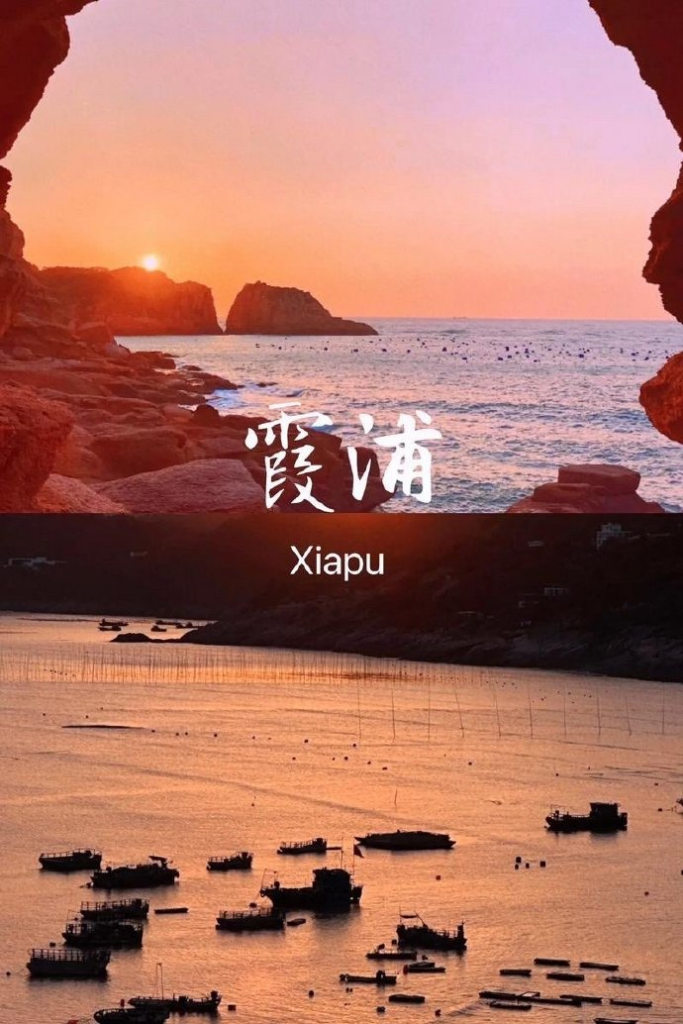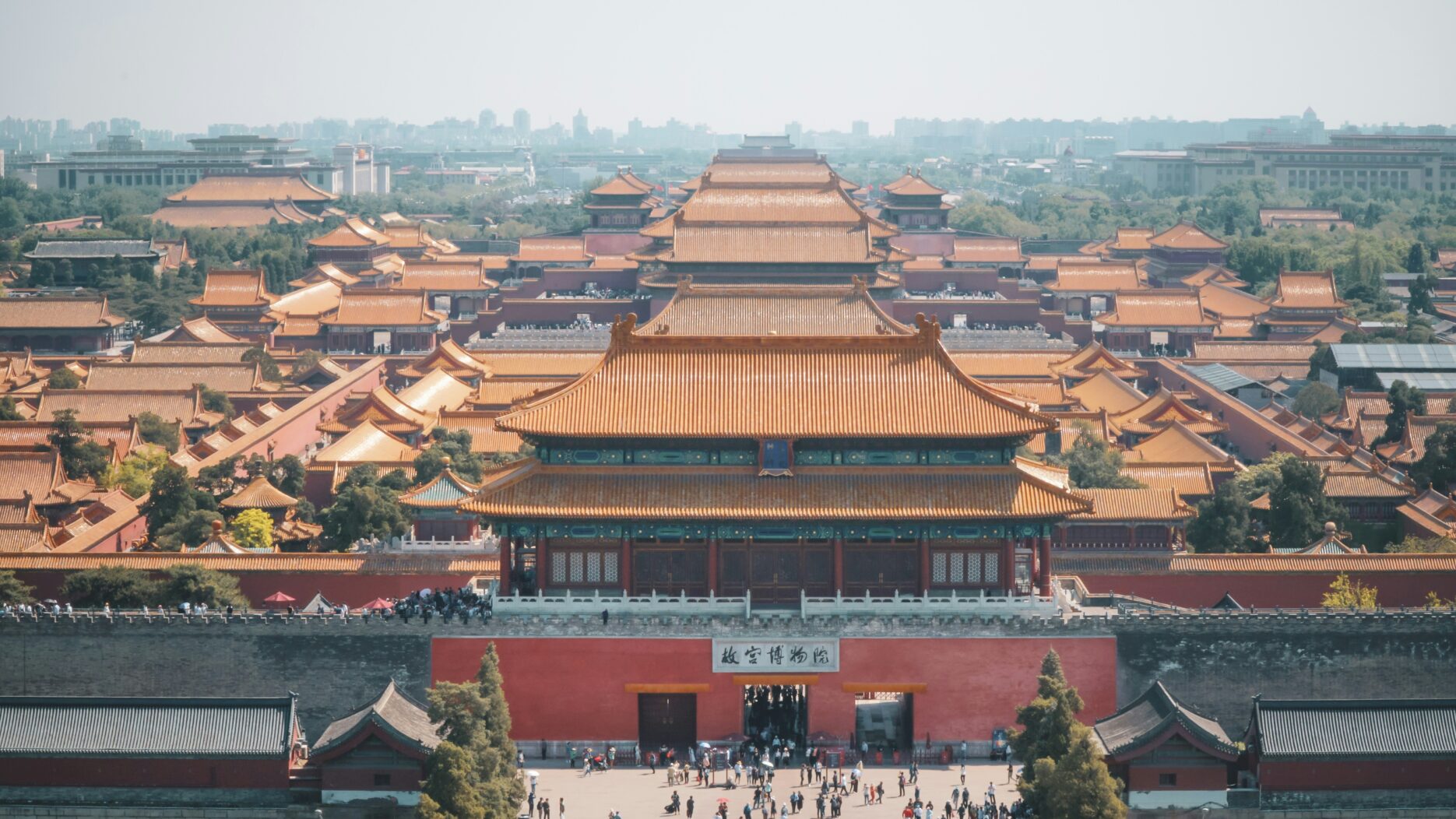During the recent May Day holiday, Chinese tourists made the most of the five-day break by creating a buzz on Weibo (China’s Twitter equivalent), with hashtags such as #100 million people visited each city# (据说每个城市都来了1亿人).
According to the Ministry of Culture and Tourism’s data centre, domestic tourism reached 295 million people, marking a 28.2% increase compared to the same period in 2019. Ctrip data indicated that Chinese tourists travelled to nearly 200 countries worldwide, with Hong Kong, Macao, Southeast Asia, Japan, South Korea, and other nearby countries being popular destinations.
What does the consumption pattern observed during this May Day holiday travel reveal about China’s economic situation? Let’s delve into it together.
Small cities
Tourism in small cities suddenly gained popularity
Over the past two years, Zibo barbecue, Tianshui Malatang, and similar offerings have become distinctive tourism culture brands. This phenomenon is driven by businesses, amplified by self-media, and followed by consumers, making it a widespread and accessible tourism experience for the majority.
Amid an economy yet to fully recover to pre-pandemic levels, this year’s May Day break underscores a notable trend towards tourism in lesser-known destinations. The hashtag #niche cities suddenly gained popularity# (小众城市突然爆红) on Weibo, amassed 210 million views. Netizens have been discussing ‘affordable alternatives’ (平替), likening Yanji in Jilin to South Korea, Jinghong and Mangshi in Yunnan to Southeast Asia, and the Qi Shi Array of Zhejiang to Stonehenge in the UK, among others.



The ‘2024 May Day Holiday Tourism Consumption Report’ by LY.COM highlights a surge in hotel and scenic spot bookings in small cities below the third tier in the northeast and western regions, with a more than 100% year-on-year increase. This reflects growing tourist interest in non-traditional destinations such as Liuzhou in Guangxi, Zibo in Shandong, and Tianshui in Gansu, as well as rural towns like Xijiang Thousand Households Miaozhai in Guizhou, Pingyao Ancient City in Shanxi, Hongcun in Anhui, and Wuyuan in Jiangxi.
On social media platforms like Xiaohongshu (RED), many young people are keen to explore counties and even aim to ‘visit Top 100 Counties of China’ as a novel approach to May Day travel. They exchange recommendations on hidden gems, such as Anji County with its burgeoning coffee culture and recent Dalu Music Festival, attracting urbanites seeking a slice of rural tranquillity and contemporary lifestyle experiences.
Moreover, the tourism infrastructure in small cities is on the rise. Since December 2023, there have been 127 new 4A-level scenic spots established in ten provincial-level administrative regions, with 65% located in counties and county-level cities.
In times of economic downturn, people seek to maintain their lifestyle standards with reduced expenditure. Businesses that cater to this demand stand to thrive amidst the challenging economic landscape.
Global travels
Short-haul regions are attracting Chinese tourists.
According to data provided by Qunar, as of 24 April, the top 10 popular outbound travel destinations for China during the upcoming May Day holiday include Hong Kong, Bangkok, Tokyo, Macao, and Singapore, among others.
Hong Kong, in particular, has devised strategies to attract Mainland tourists amidst changing dynamics post-epidemic. Recognising that shopping alone is no longer a primary draw (Hainan’s aggressive development of duty-free policies in its Free Trade Port has eroded the price advantage once associated with luxury goods and beauty products in Hong Kong), the city has shifted its focus to cultural and artistic events, as well as large-scale concerts.
For example, Hong Kong Disneyland offered ‘buy one get one free’ discount coupons in April, while the Taiwanese rock band Mayday held seven consecutive concerts during the holiday period. These efforts have positioned Hong Kong as a leading choice for outbound travel during May Day.

It is also worth mentioning Japan. With the Yen reaching a 34-year low against the US dollar during the holiday period, this made it more attractive for overseas tourists. The Japan National Tourism Organization reported that over 450K mainland Chinese tourists visited Japan in March, ranking third in total visitors after South Korea and Taiwan. Despite ranking third in numbers, Chinese tourists demonstrated the highest spending power, with an average expenditure of 293K Yen (approximately 1,874 USD) per person in the first quarter of the year, topping the list of foreign tourists.
Reflecting on the outbound travel trend during the May Day period, Li Feng of Fengrui Capital remarked, “Short-haul countries like Southeast Asia, Japan, and South Korea remain popular, while long-haul travel is comparatively subdued, likely due to the duration of the holiday. Looking ahead to the upcoming ‘National Day’ holiday, with the resumption of international flights and streamlined passport renewal processes, we anticipate a resurgence in international long-haul travel, including destinations in Europe.”
AI companion
Young travellers are adopting AI to make their holidays more seamless and convenient.
On 1 May this year, ‘AI companion’ emerged as a new trend in travel. This involves using AI technology to offer personalised travel assistance services, crafting tailored itineraries and services based on individual interests and preferences, thereby enhancing the user’s travel experience.
One such platform is the Ernie Bot App. During the May Day holiday, the app introduced features like ‘May Day attractions all-round tour guide’ and ‘photo straight-man (直男) index evaluation’, catering to diverse user needs such as English communication, attraction commentary, photo translation, travel tips, and photo reviews.


Data reveals a significant surge in the usage of travel-related smart features on the Ernie Bot App on 1 May, with user numbers increasing nearly 12 times. This indicates a growing inclination among young people to enhance their travel experiences with the aid of AI technology. Ernie Bot App relies on Baidu’s self-developed Wenxin Big Model 4.0 technology and boasts a user base exceeding 200 million as of April this year.
By combining ‘AI companion’ with recommendations from platforms like Xiaohongshu, young travellers are adopting an intelligent and mutually supportive approach to make their May Day holidays more seamless and convenient.
The burgeoning tourism in small cities mirrors the present-day traveller demographic’s quest for budget-friendly journeys, alongside a desire to steer clear of crowds. Short international trips have brought tourism growth to neighbouring countries, and the performance of long international trips is to be expected in the following summer holidays. Youngsters are using ‘AI companion’ to enrich their travel adventures, and any technology or enterprise adept at grasping user needs and promptly meeting them will help distinguish itself for future May Day holidays.









